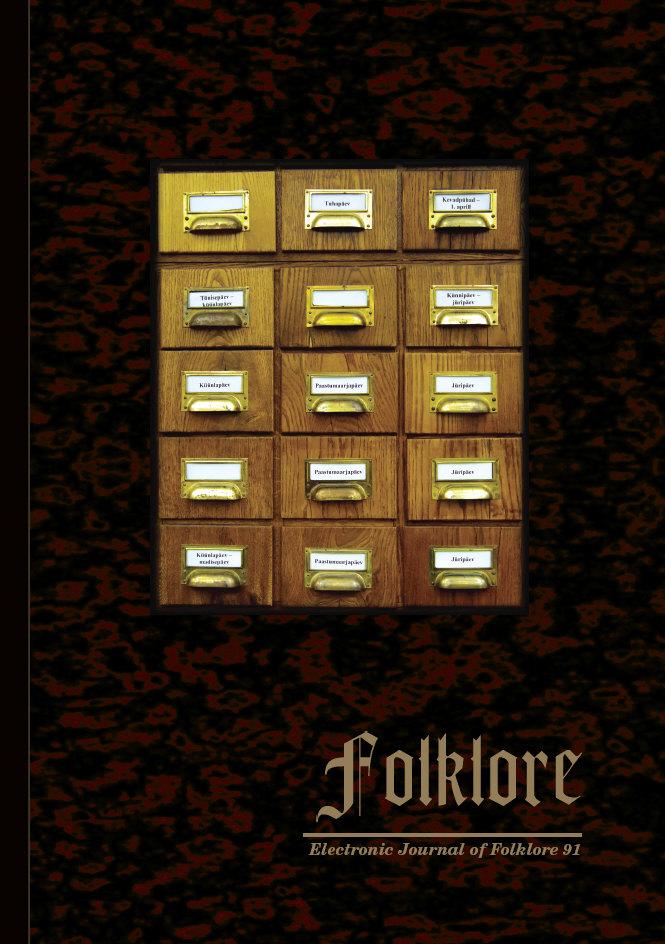The Contradictory Foundation of the Estonian Folklore Archives: Traditionality and Modernism, Unification and Segregation, and Basics of Authenticity
The Contradictory Foundation of the Estonian Folklore Archives: Traditionality and Modernism, Unification and Segregation, and Basics of Authenticity
Author(s): Liina SaarloSubject(s): Cultural history, Customs / Folklore, Cultural Anthropology / Ethnology, Culture and social structure
Published by: Eesti Kirjandusmuuseum
Keywords: Estonian Folklore Archives; ethnic; national; folklore; traditionality; authenticity; modernism;
Summary/Abstract: The Estonian Folklore Archives (EFA) has intertwined with the basis of reasoning about folk and nation in many ways. The article discusses opposing concepts that affected the foundation of the institution and the development of its collections while altering according to prevailing ideologies. Traditionality and modernity, and unification and segregation were interlaced while constructing the Estonian nation during the period of national awakening (starting in the 1850s). In this modernist process the history of Estonians had to be (re)created. Country-wide folklore collection campaigns were organised, during which young people were gathering material from old people about culturally outdated genres and obsolete knowledge. These large collections became the basis of the EFA in independent Estonia and, according to erstwhile principles, the collection of folklore and filling in the white spots on the Estonian map continued. However, since there was no longer any threat to nationality, folklorists also began to experiment with new methods and study the genres, or social/national groups, which so far had been regarded as marginal or insignificant. The Soviet occupation was accompanied by major ideological changes. As a result of constant external pressure, folklorists enclosed themselves into ethno-centrist conservatism – folklore of Estonians and kindred peoples, archaic genres of peasants’ tradition – were preferred to be recorded and studied once again. Authenticity – the set of qualities of texts such as archaic, traditional, oral, or reliable – became the supreme principle for collecting and publishing. Interest in ethnic minorities and contemporary topics arose only at the end of the Soviet era, experiencing an explosive success in the re-independent Estonia.
Journal: Folklore: Electronic Journal of Folklore
- Issue Year: 2023
- Issue No: 91
- Page Range: 111-140
- Page Count: 30
- Language: English

